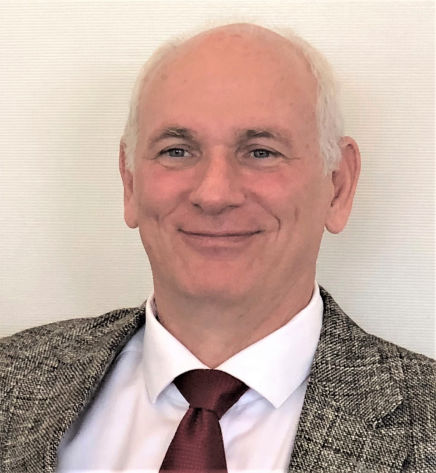
Madeleine Glick is a Senior Research Scientist at the Lightwave Research Laboratory of the Columbia Nano Initiative, Columbia University. She received her Ph.D. in Physics at Columbia University after which she joined the Department of Physics, Ecole Polytechnique Federale de Lausanne (EPFL) Lausanne, Switzerland, where she con-tinued research in electro-optic effects in GaAs and InP-based materials. From 1992 to 1996, she was a Research Associate with CERN, Geneva, Switzerland, as part of the Lightwave Links for Analogue Signal Transfer Project for the Large Hadron Collider. From 2002-2011 Madeleine was Principal Engineer at Intel (Intel Research Cambridge UK, Intel Research Pittsburgh) leading research on optical interconnects for data centers. Her research interests are in applying photonic devices and interconnects to computing systems. Madeleine is a Fellow of the Institute of Physics, and a Senior Member of IEEE and OSA.
